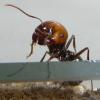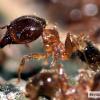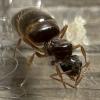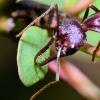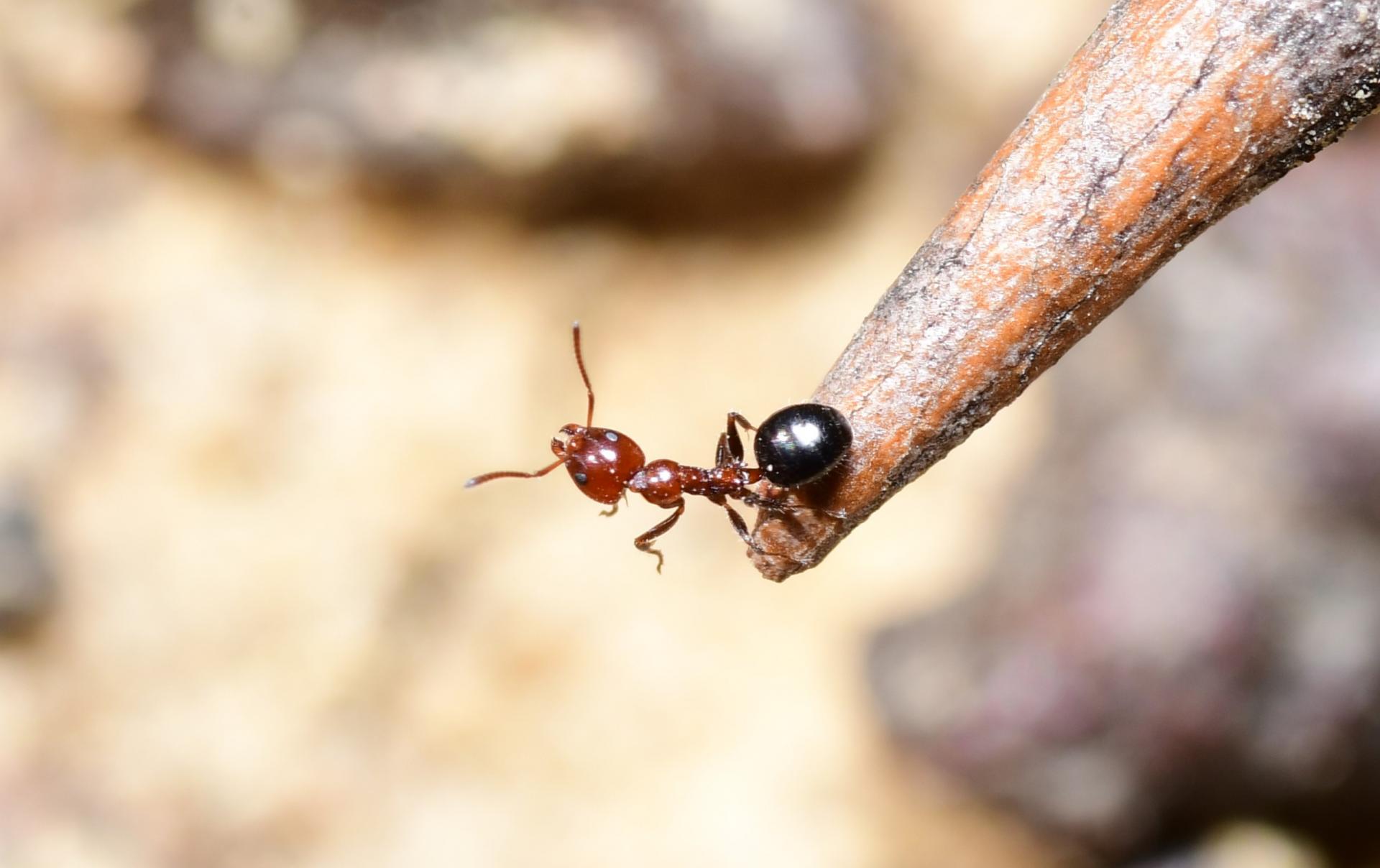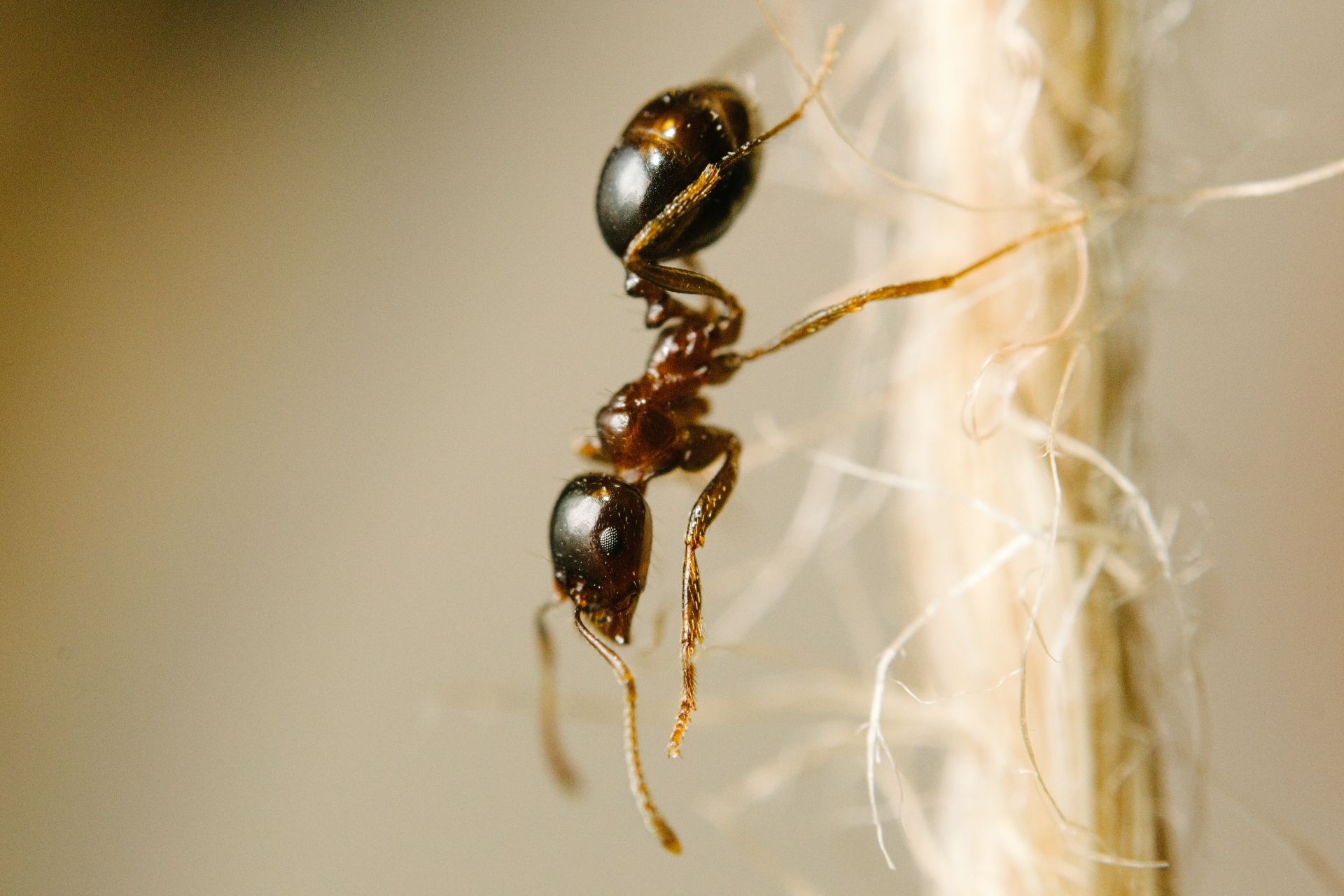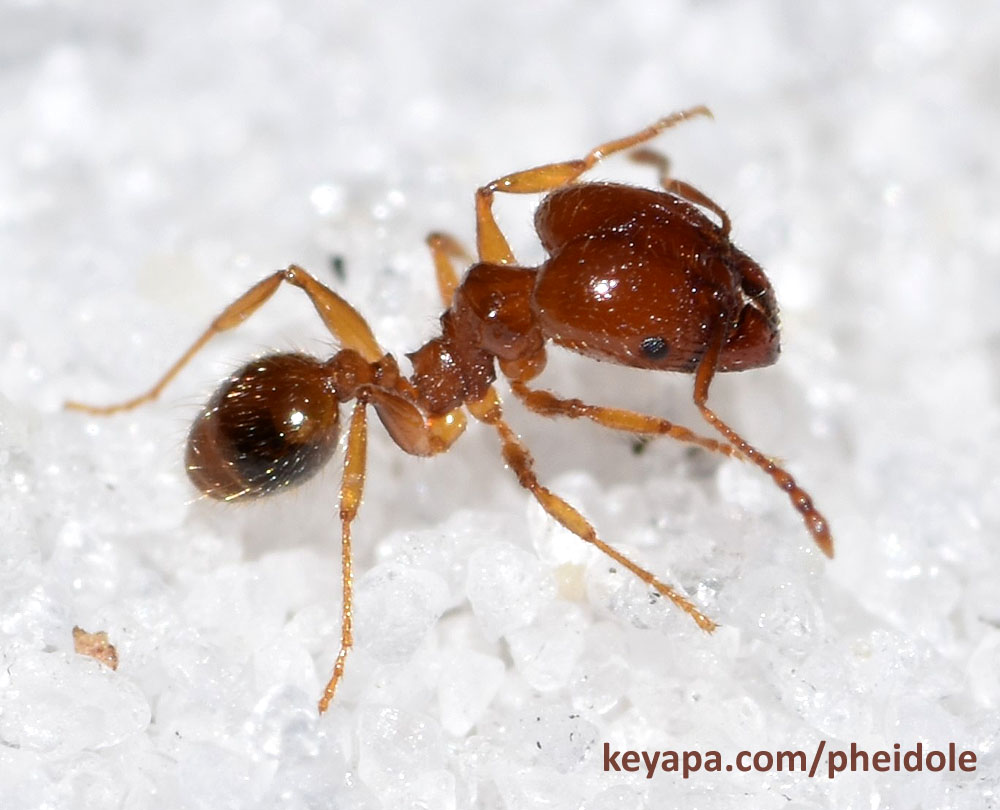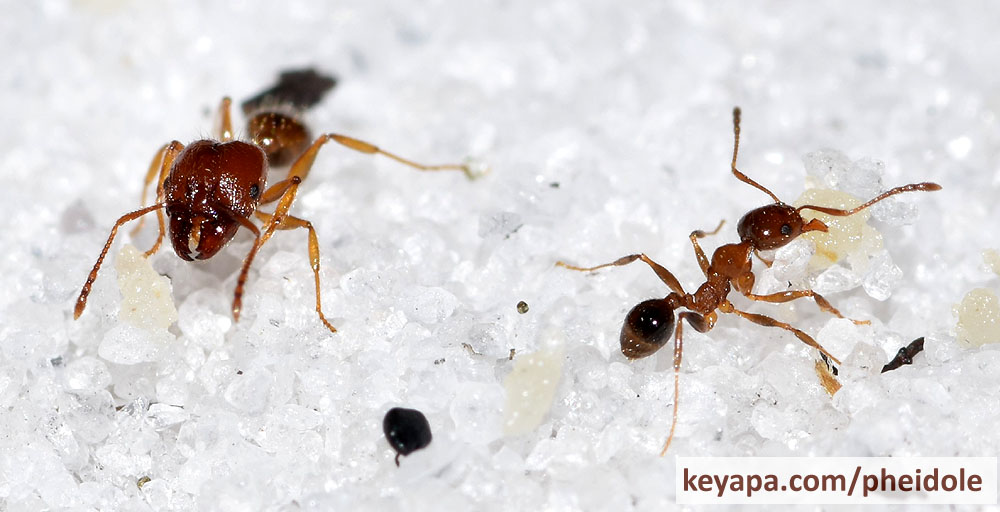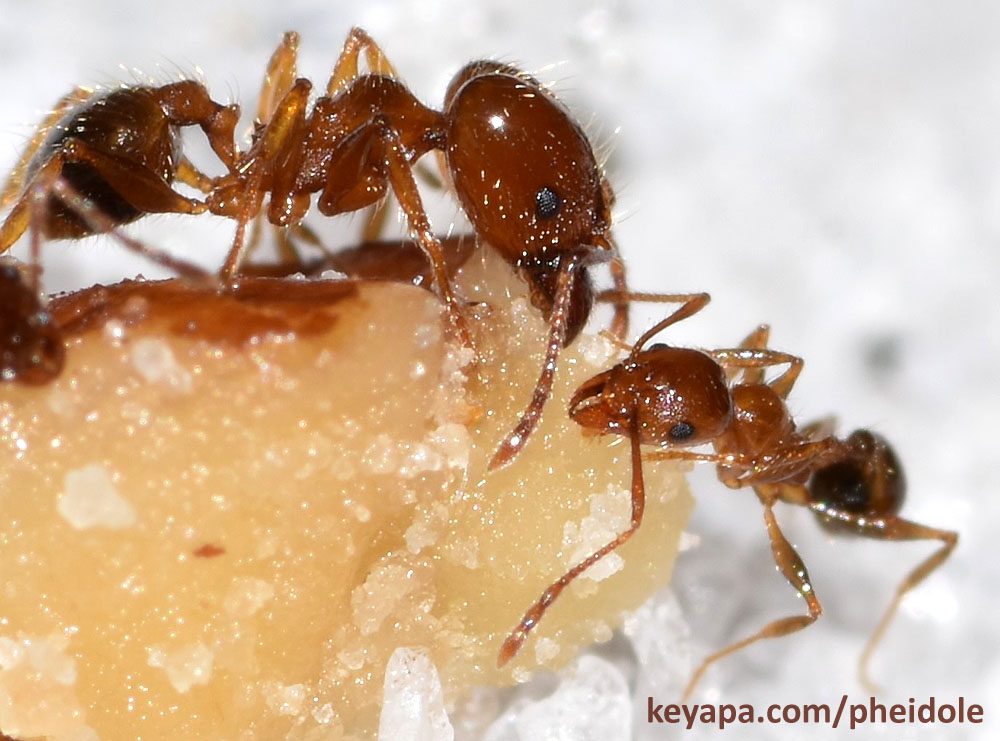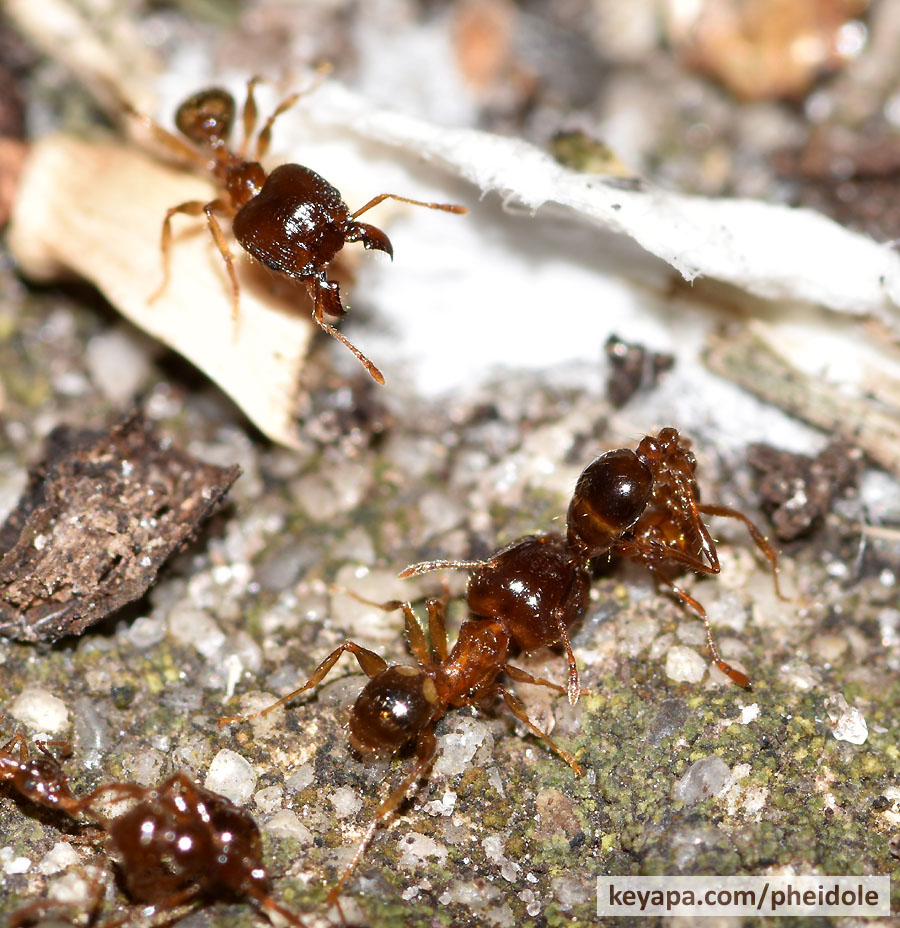Okay, I FINALLY got around to editing through all my photos. This may not seem like a big deal to some of you, but it's something I've been working on and procrastinating for ages. For context, I “recently” (it’s been months at this point) went on a trip to Costa Rica. I explored the Monteverde rainforest and visited multiple biological research stations, including La Selva. One of my main goals was macro photography, so I ended up taking hundreds of photos. The trip was amazing, and I saw incredible wildlife. Right now, I'm just here to share some of the ants I photographed. These are just the highlights; I don't want this post to be too lengthy. If anyone is interested, I'd love to share more pictures, including some non-ant ones. I took a lot! I hope you enjoy the photos—I certainly enjoyed taking them. The whole trip was a fantastic experience, definitely one of the highlights of my life, and I can't wait to go back.
Anyways, here are the photos:
Camponotus zonatus climbing through a rocky crevasse
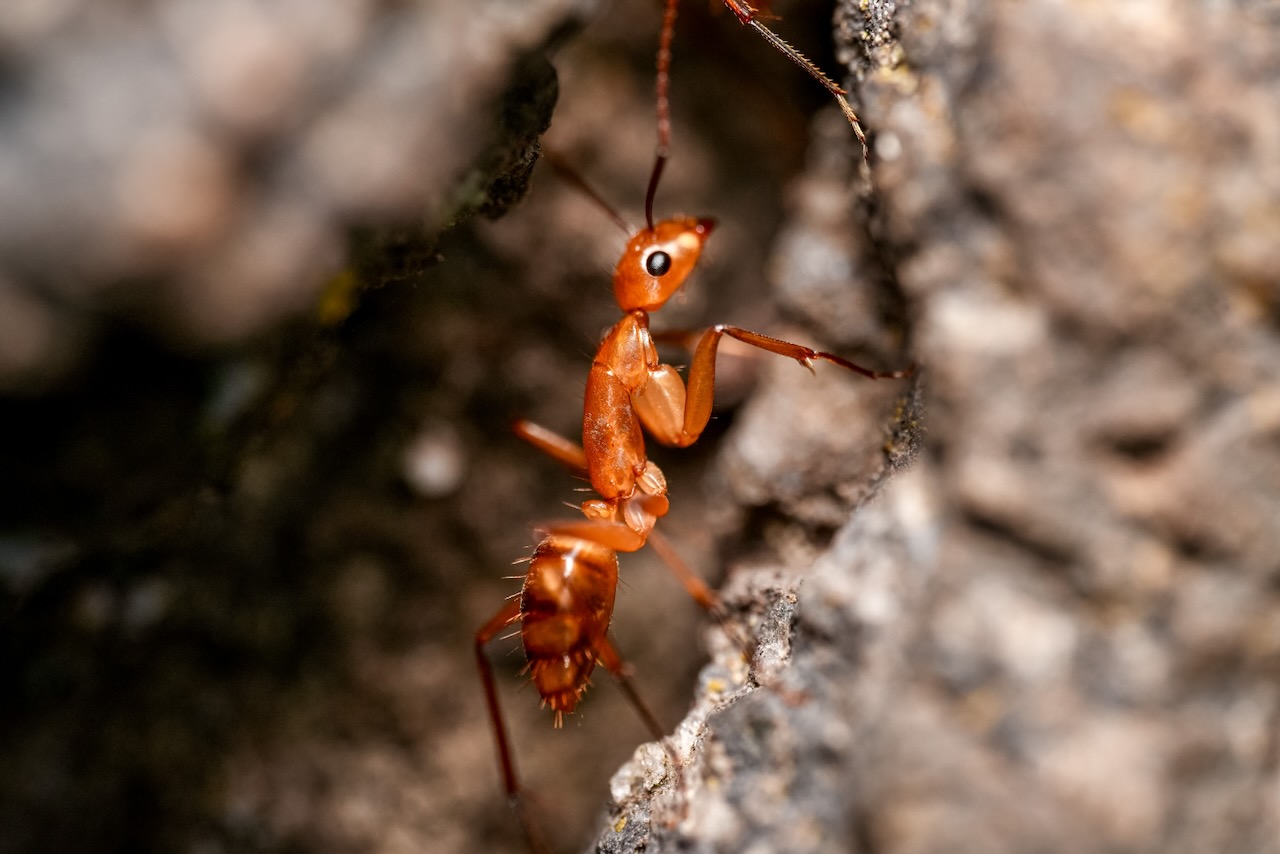
Cephalotes cristatus worker peering inquisitively at the camera

A “herd” of C. zonatus drinking from a puddle of sugar water
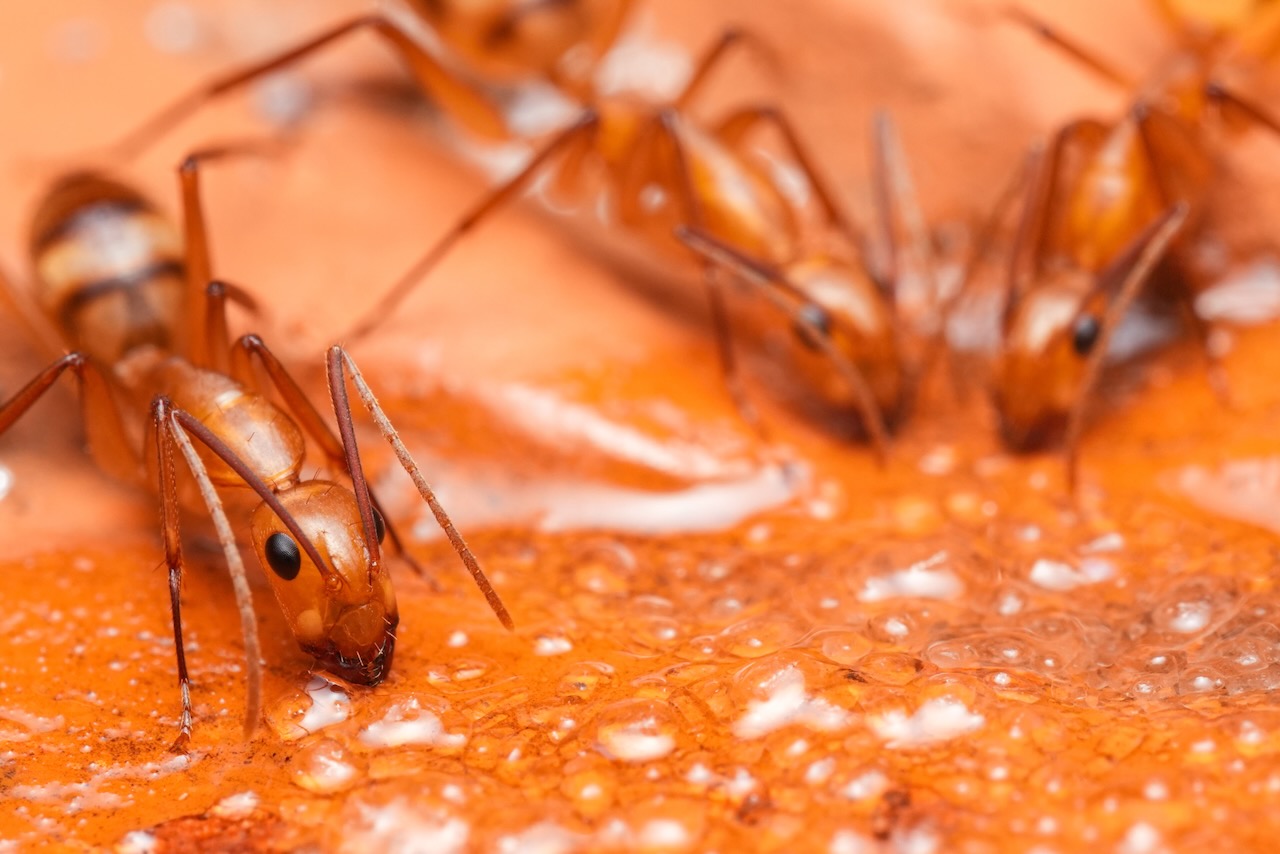
A massive C. zonatus face to face with a smaller ant (I think Pheidole walkeri?) at opposite sides of the sugar water hole
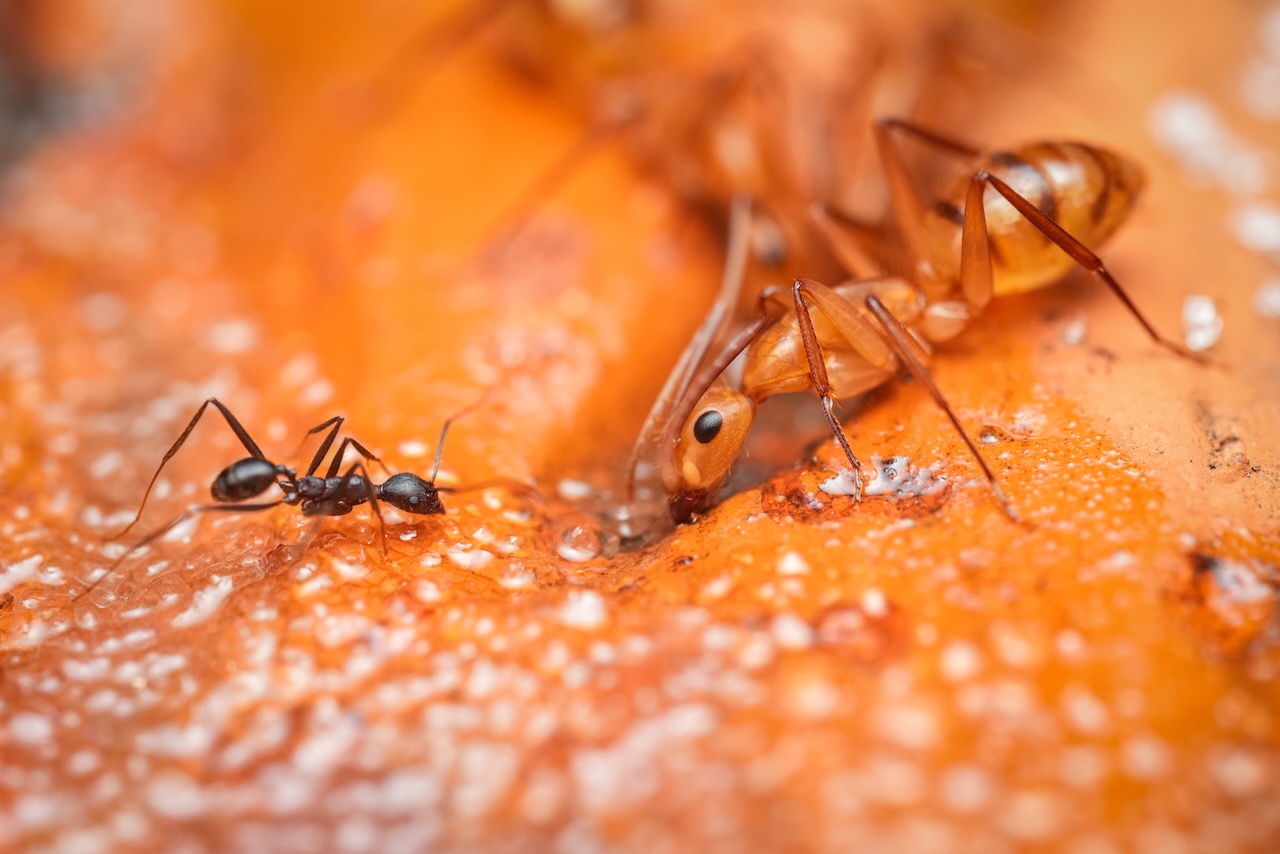
A Pheidole walkeri (I think) standing amidst the half-dissolved sugar grains
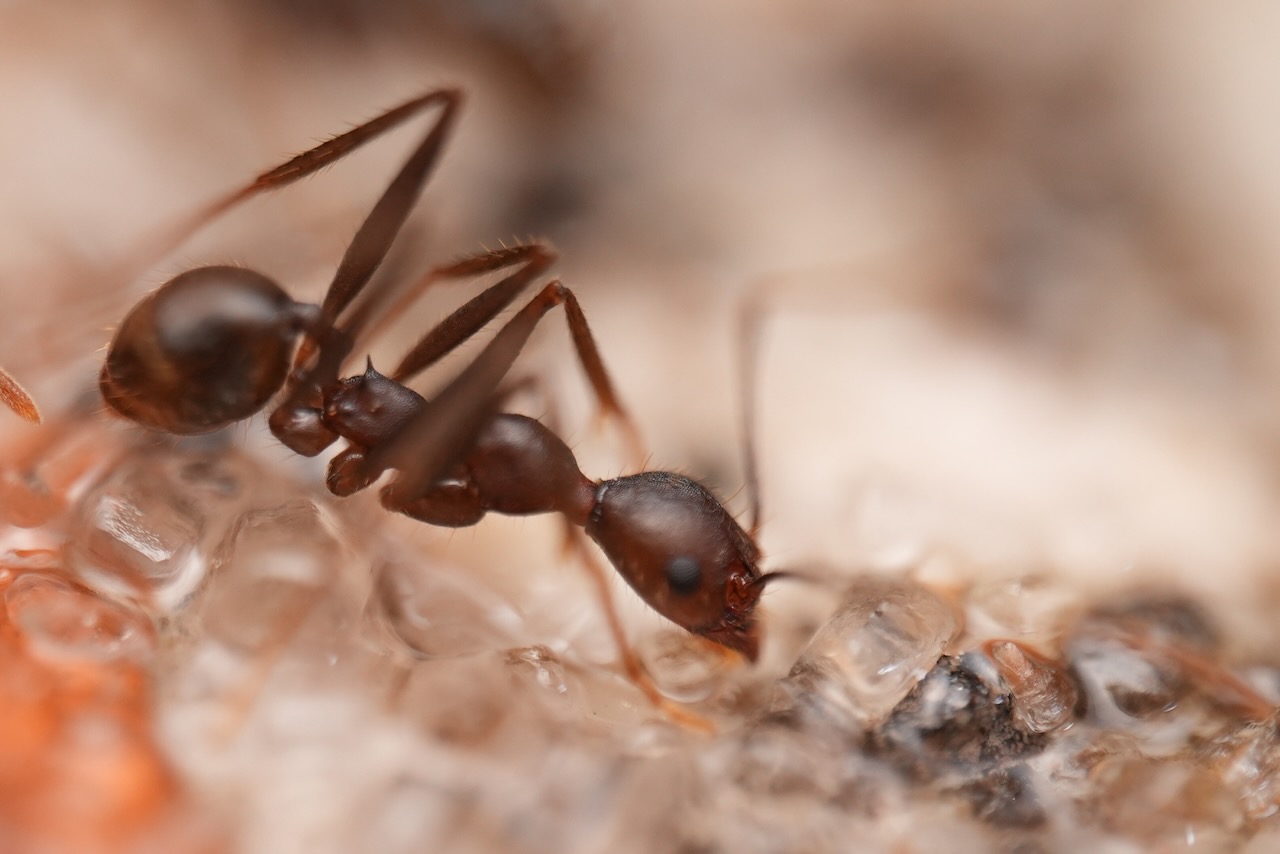
A tiny Pheidole major hauling a massive earwig carcass entirely on its own (you can’t tell in the photo, but this one tiny ant was seriously moving it)
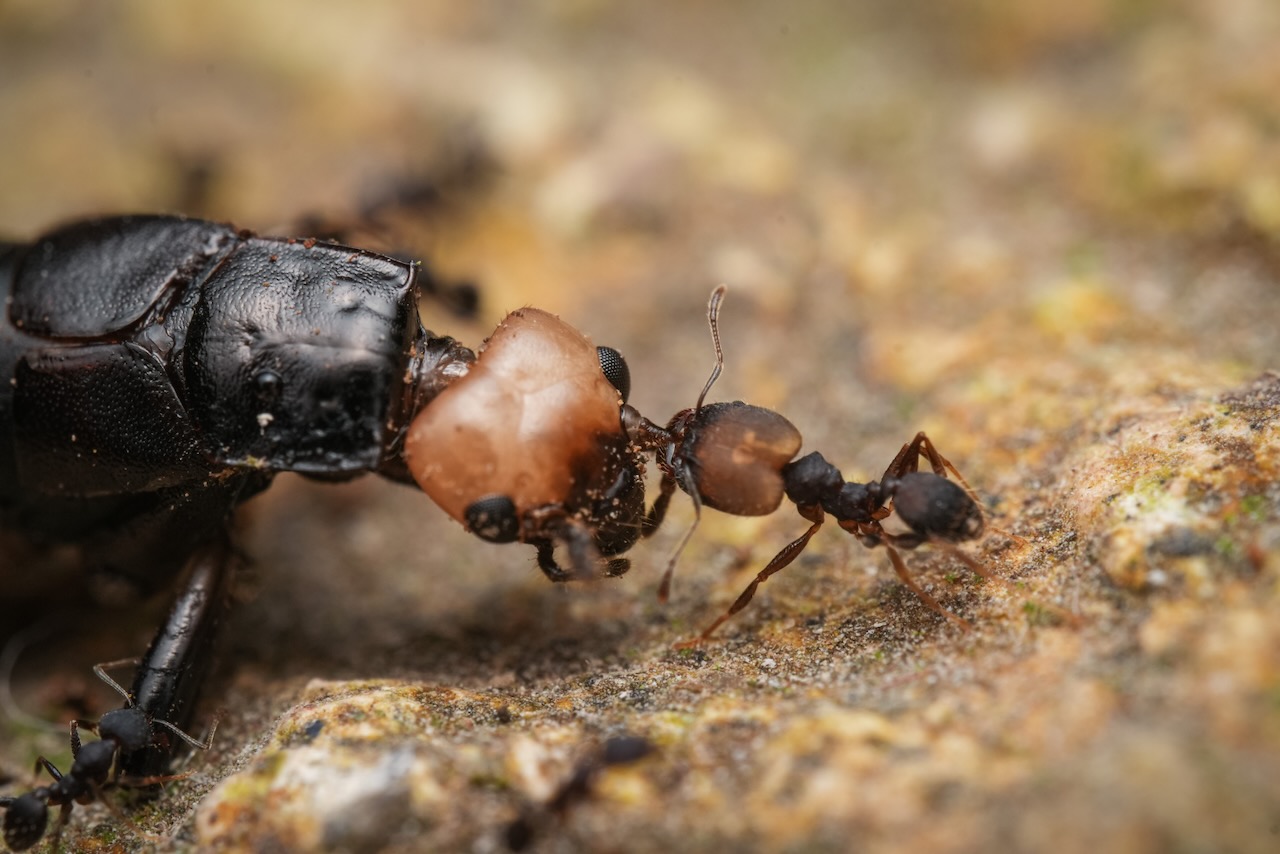
Atta cephalotes worker carrying a flower petal along the forest floor

Here’s a fun one  , an Atta cephalotes worker giving her greeting to us on her leaf
, an Atta cephalotes worker giving her greeting to us on her leaf
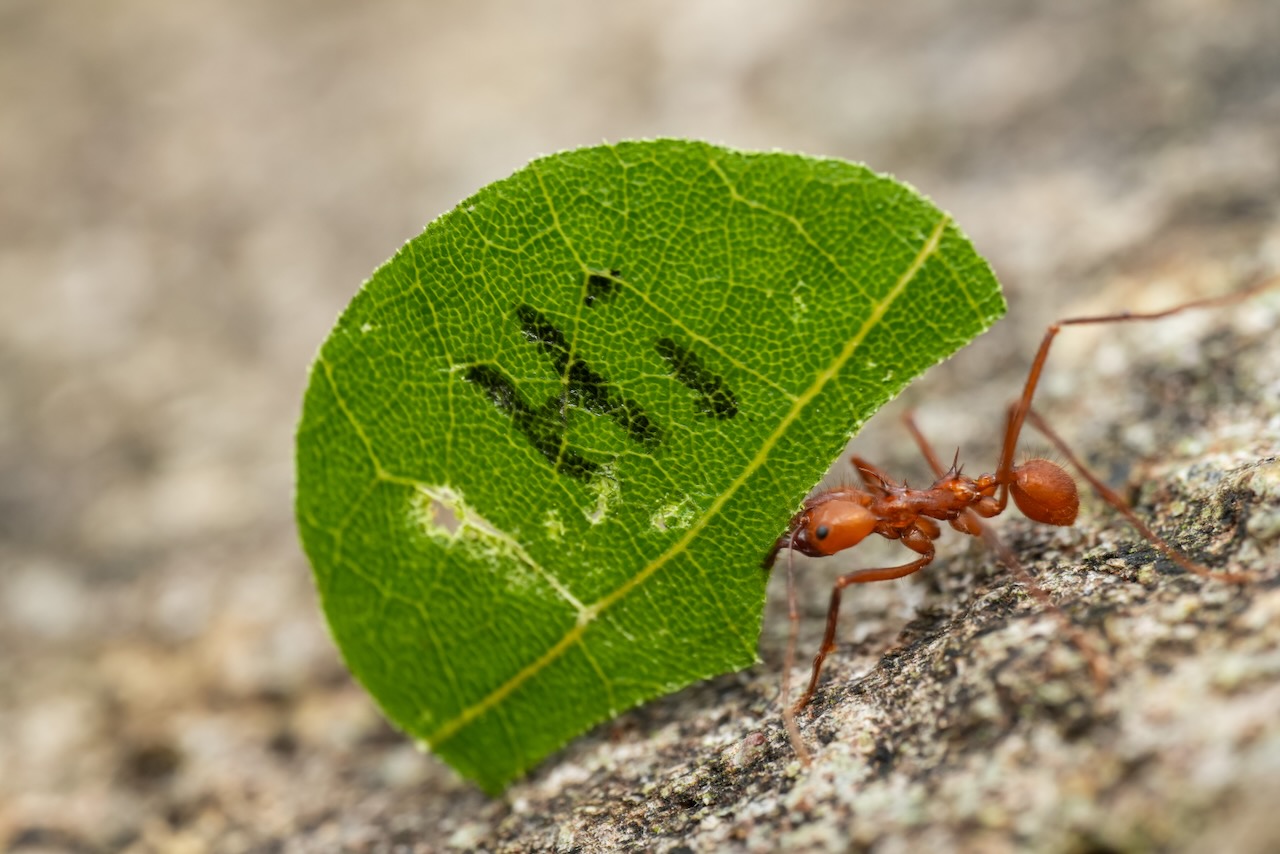
A gorgeous Pachycondyla impressa worker
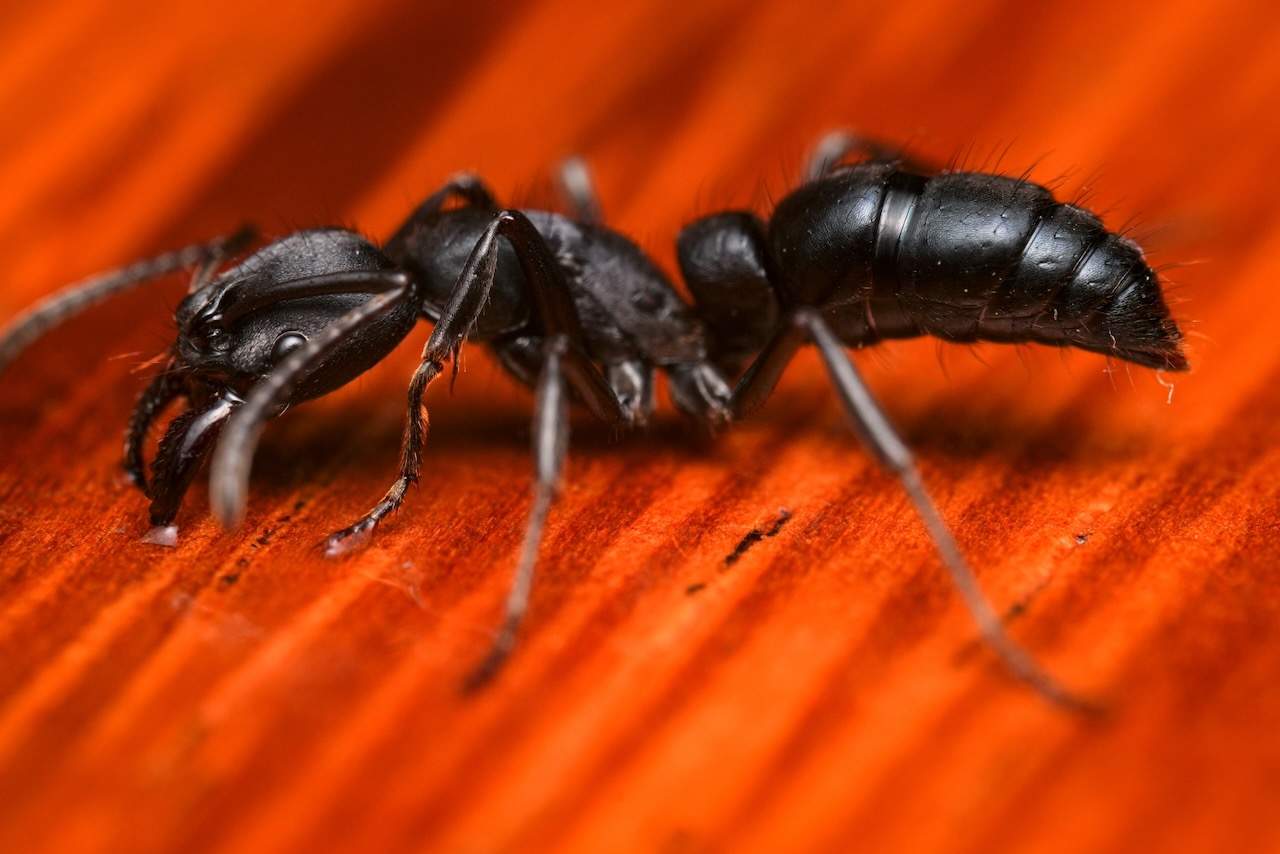
Another A. cephalotes photo, I really liked the composition and colors of this one
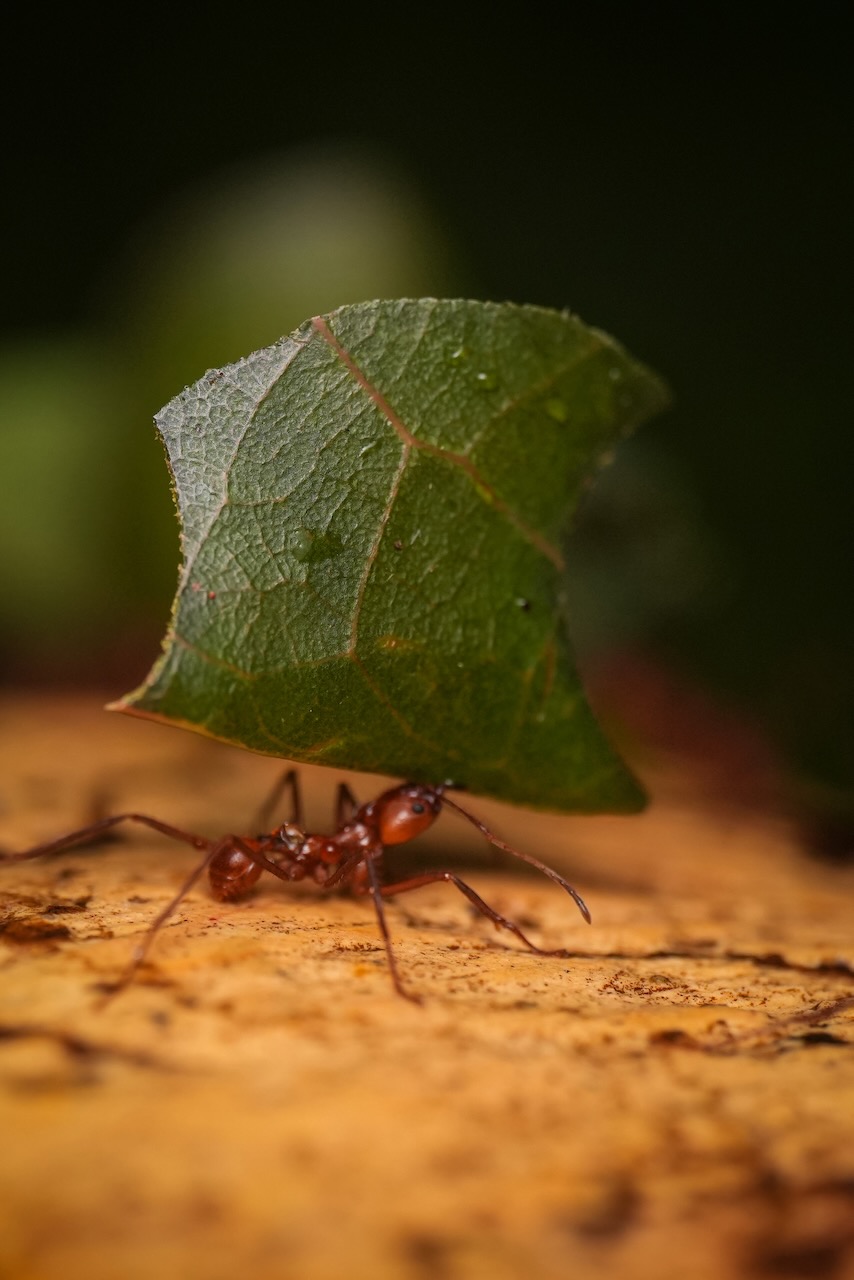
Eciton burchellii “army ants” tending to their wounded in a “hospital” that they are known to setup along their trails. This particular trail was enormous, hundreds of meters long and probably even longer than that but they went into the woods.
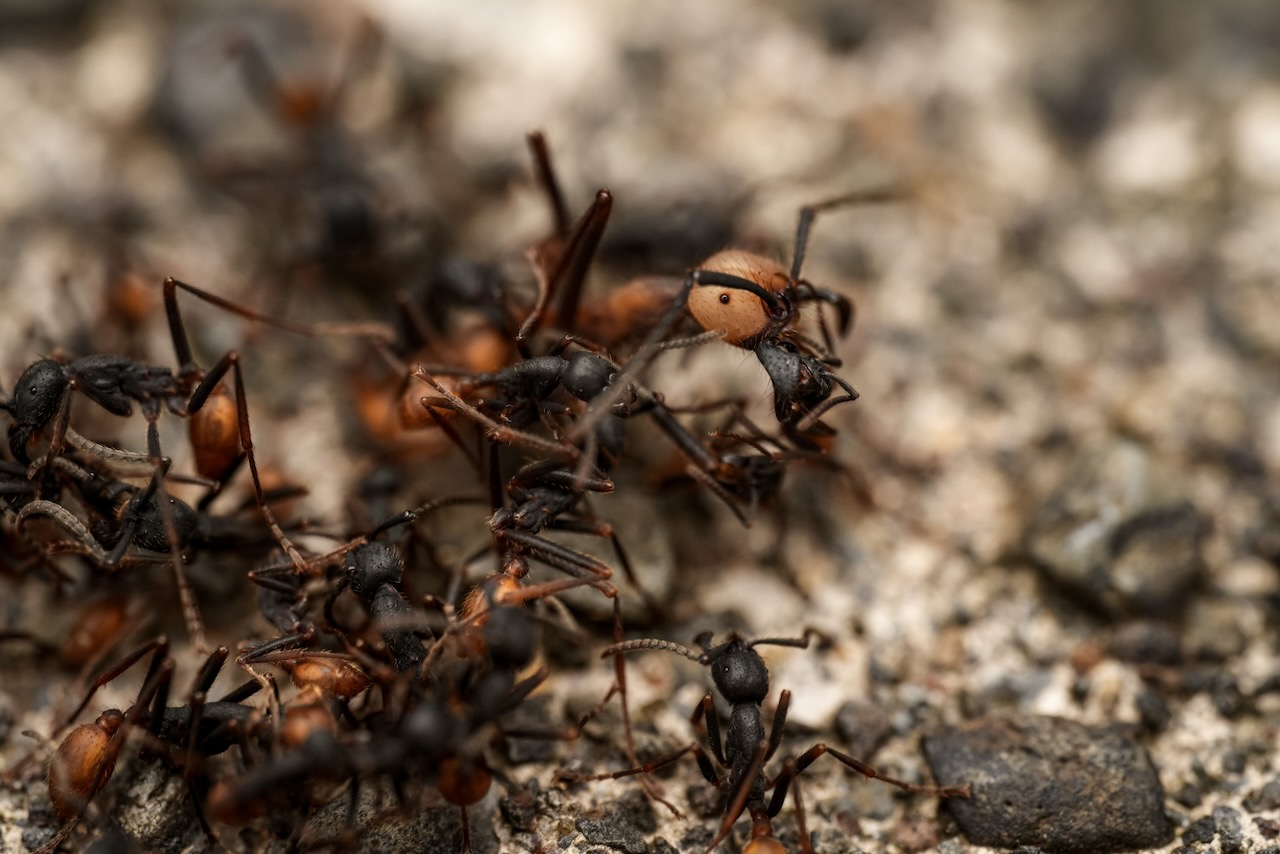
The infamous bullet ant, Paraponera clavata. I had heard about how large these girls got, but I was not prepared for seeing their size in person. It’s really difficult to covey through this photograph just how massive this ant was.
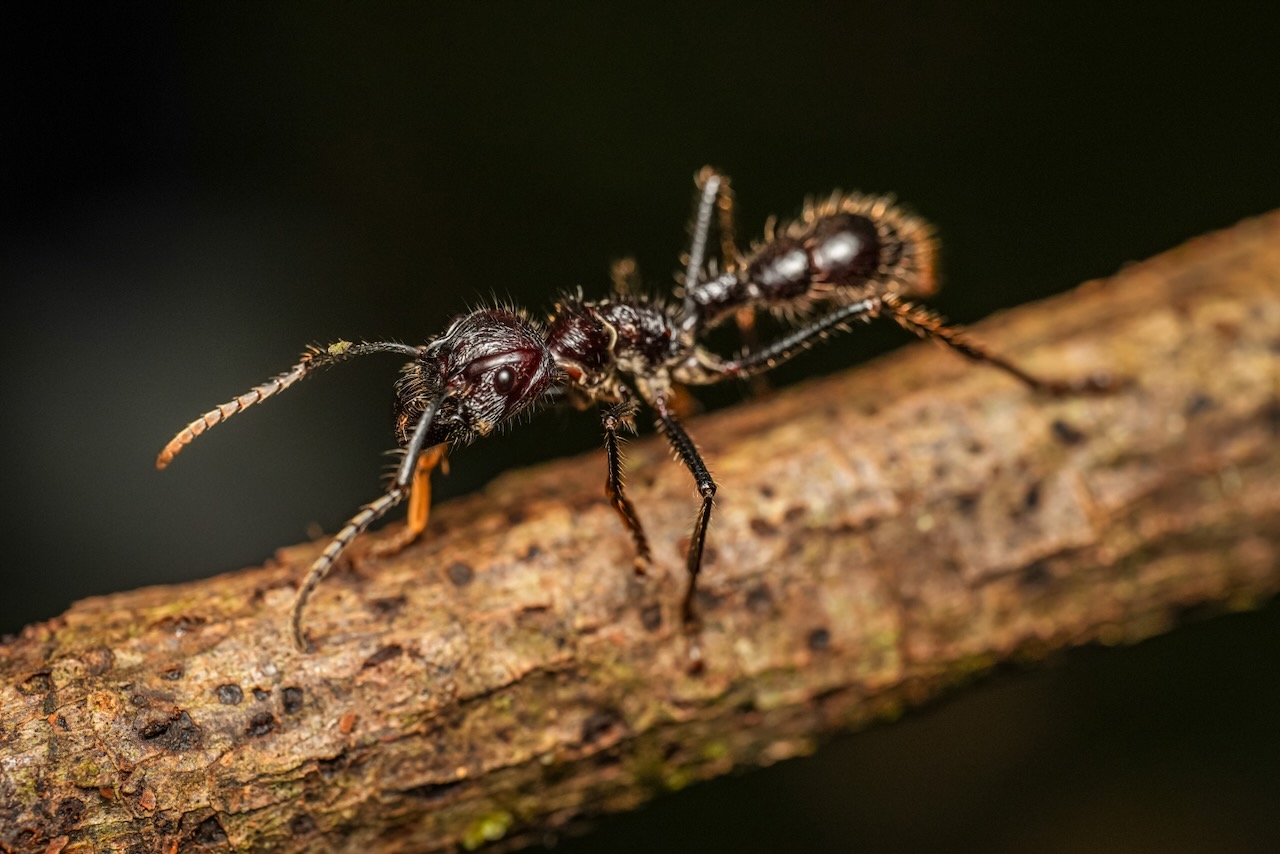
A species of Crematogaster which has a symbiotic relationship with this plant. The ants protect the plant from pests and in return, this plant secretes honeydew from that special node you see the ant in the photo drinking from. This relationship was explained to use by the tour guide accompanying us.
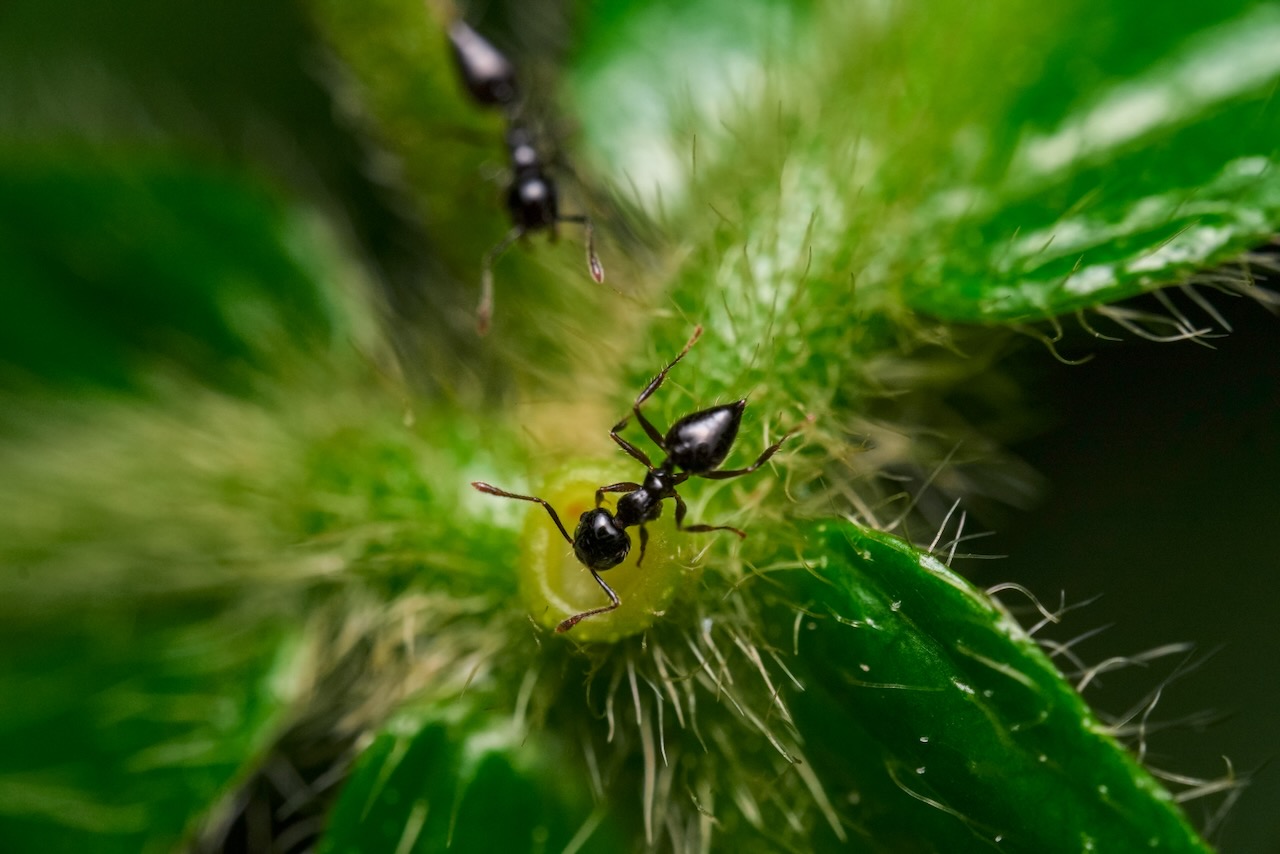
Another bullet ant! I’m honestly super happy with this shot, it’s not perfect, but it’s a really good photo for me and I’m really proud of it since I’m still just starting out.
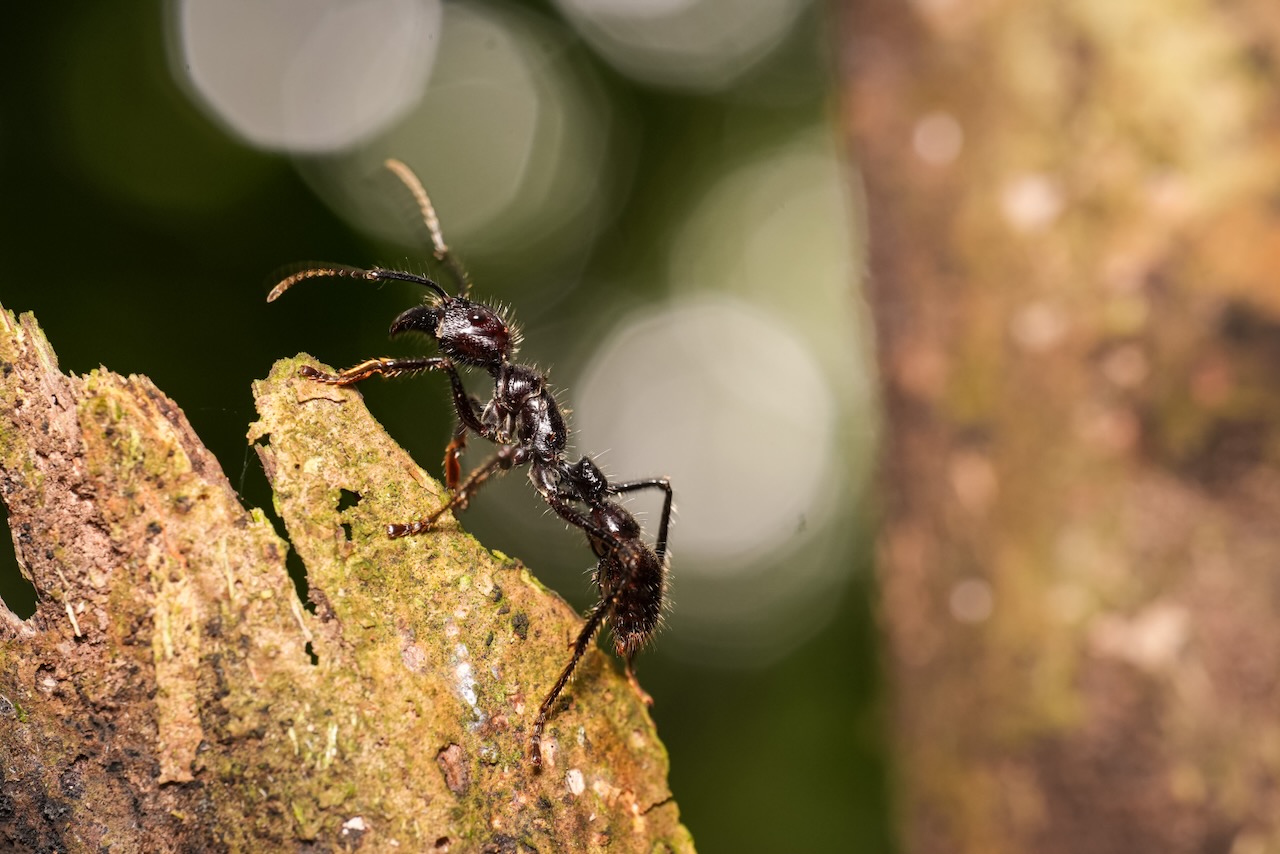
Check out the mandibles on these bullet ants!
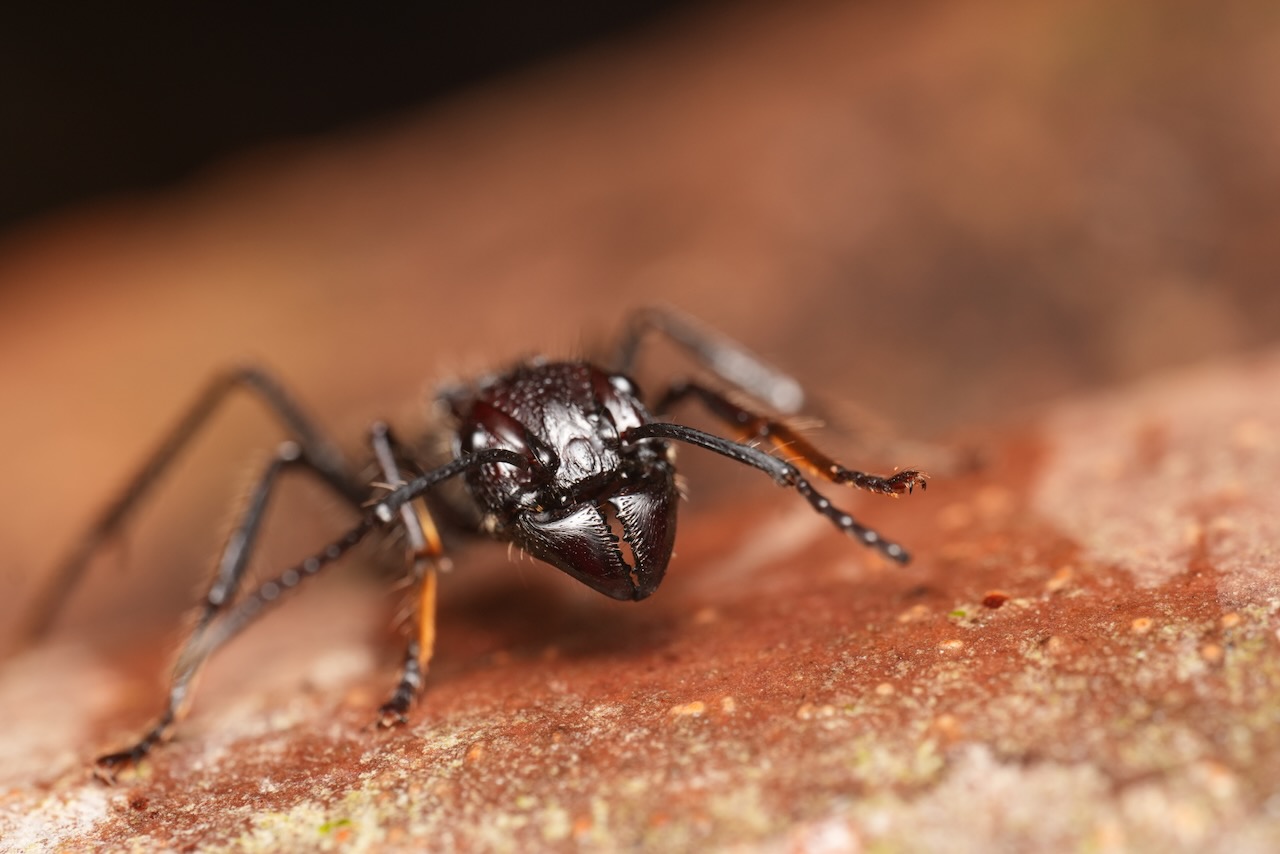
Here’s some more super fun shots I took. These took literal hours to get because the ants refused to cooperate—but I think it was worth it in the end.
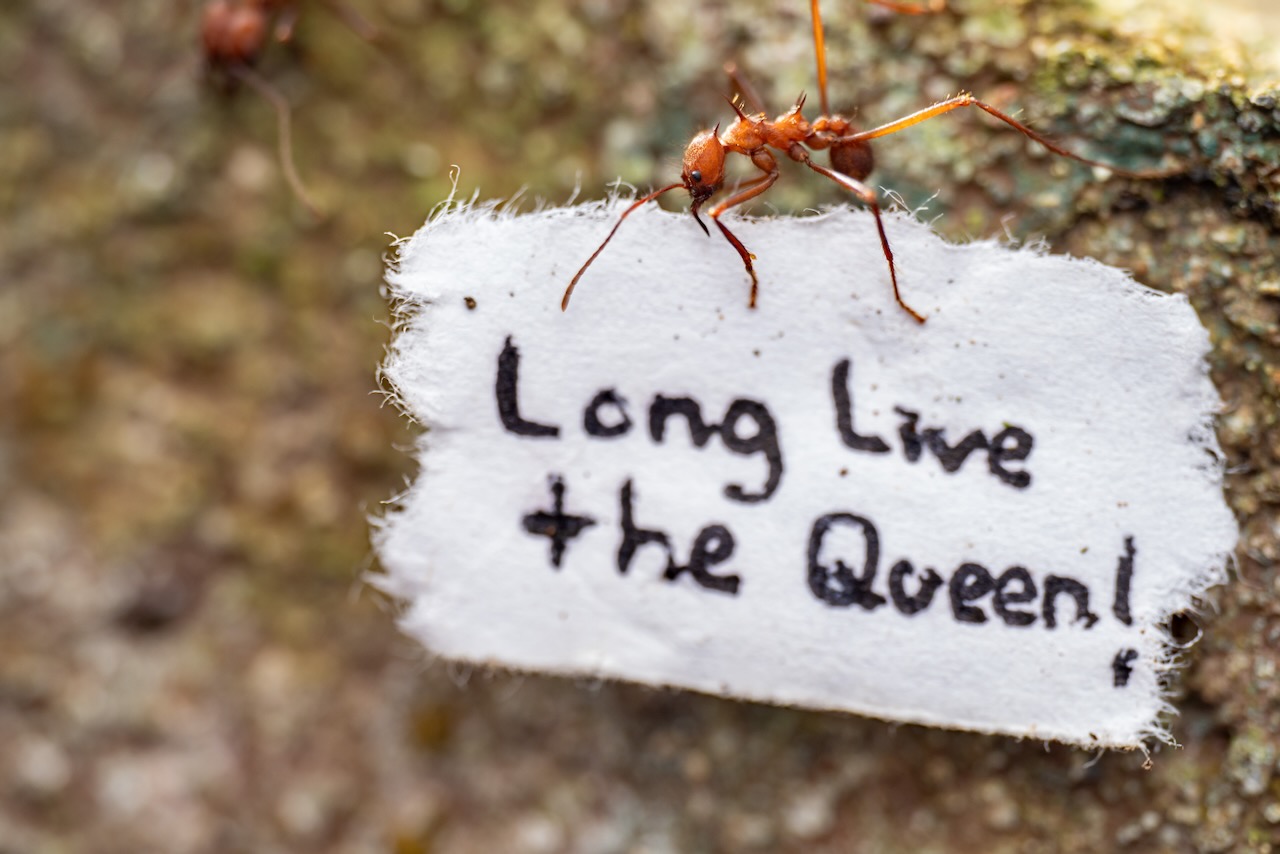
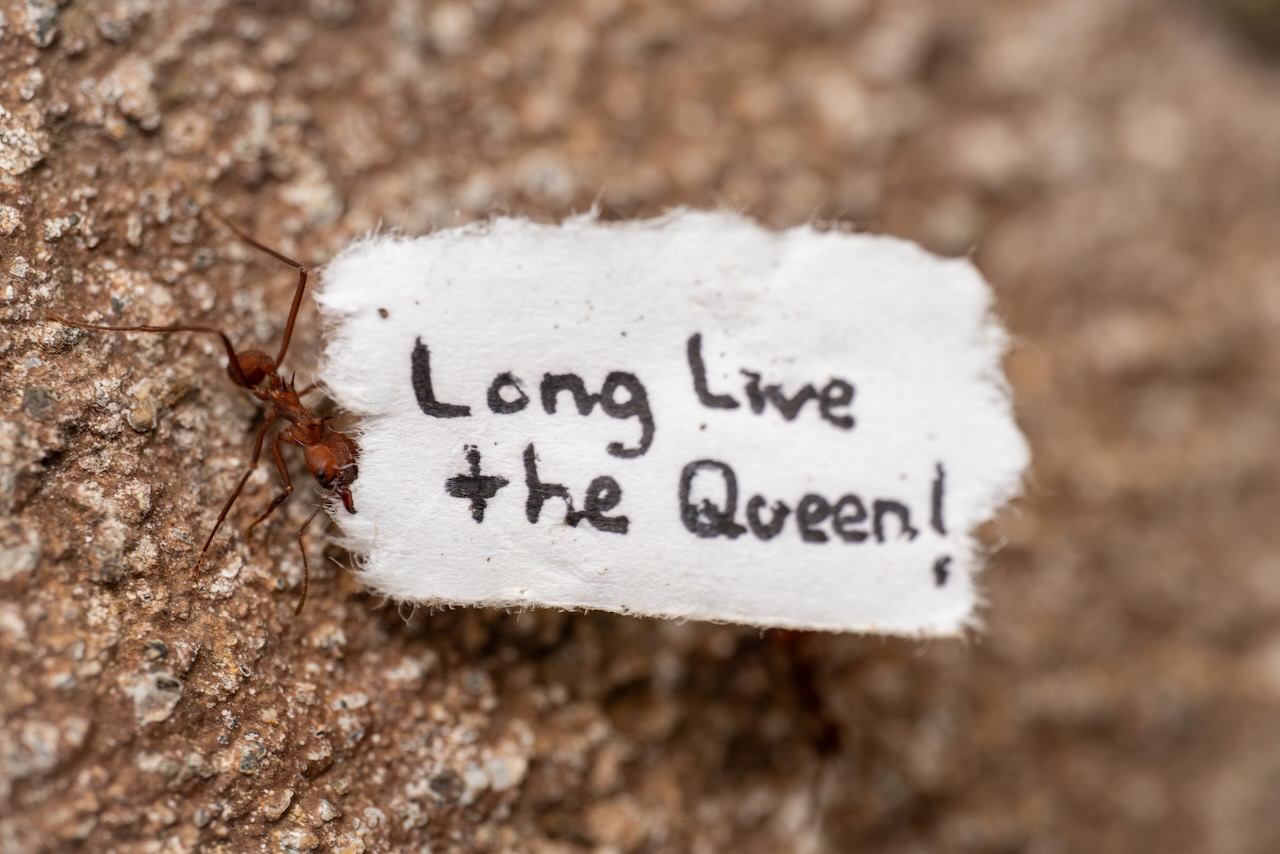
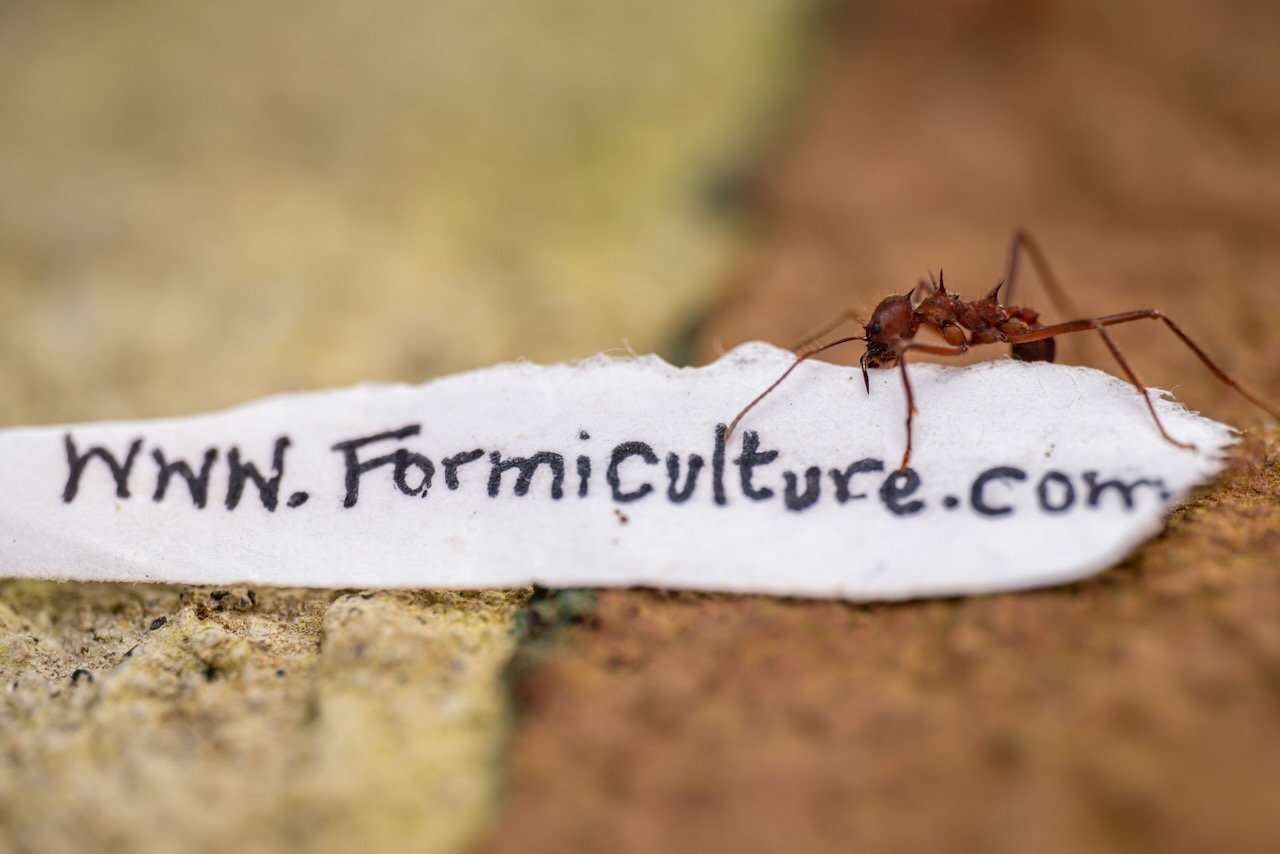
Btw Drew, if you're reading this and you want to use this last photo on the site please feel free to do so—I’d be honored lol. This is a low-res version becuase I didn’t want all these photos to take too long to load, but I also have a higher-res version that I could send you.


